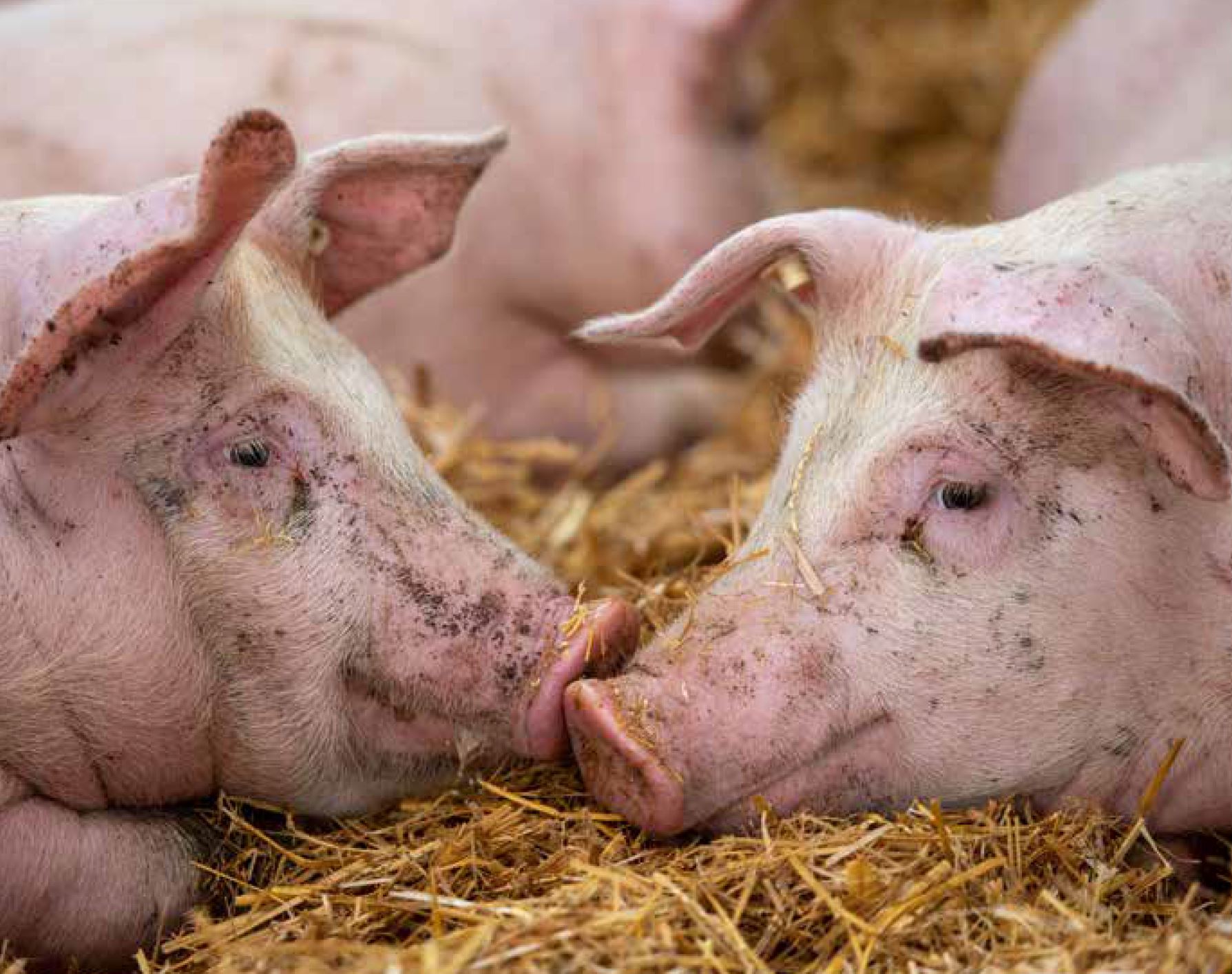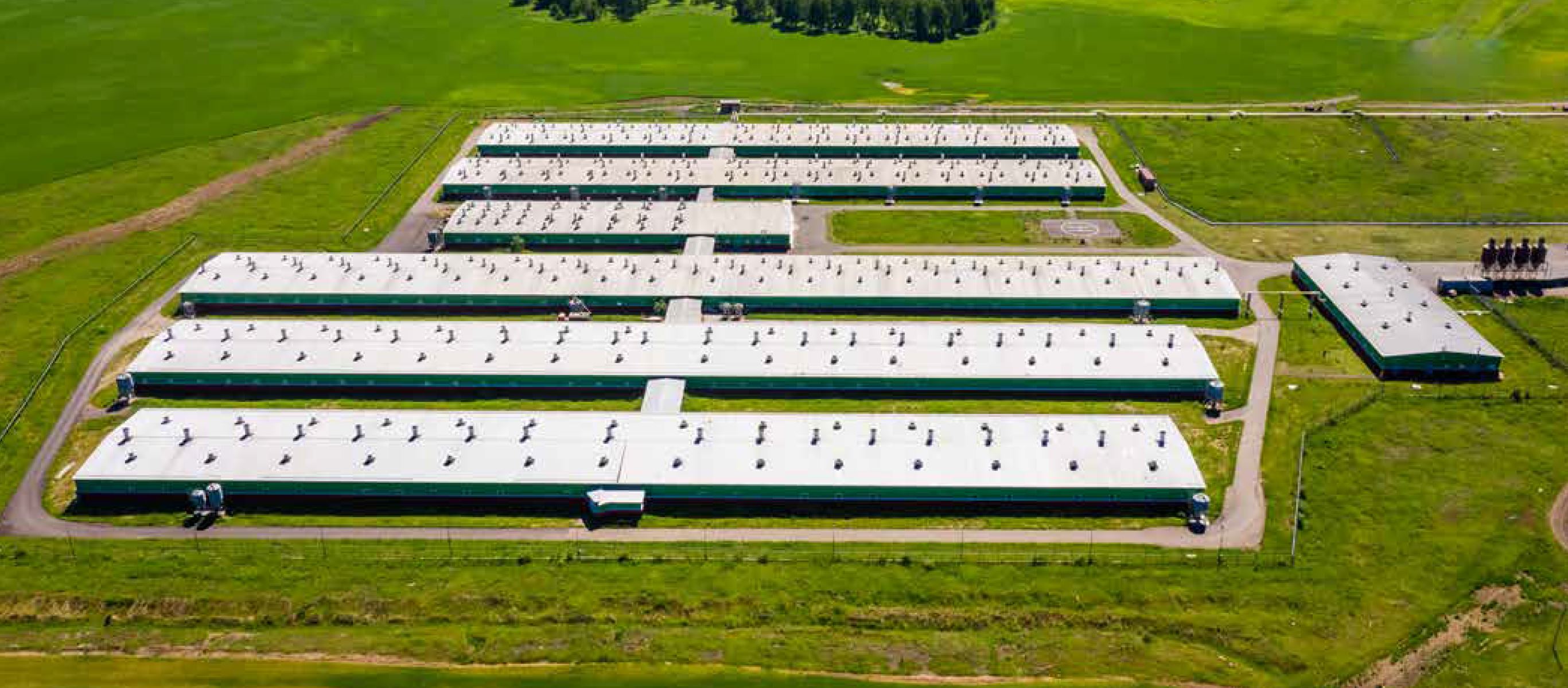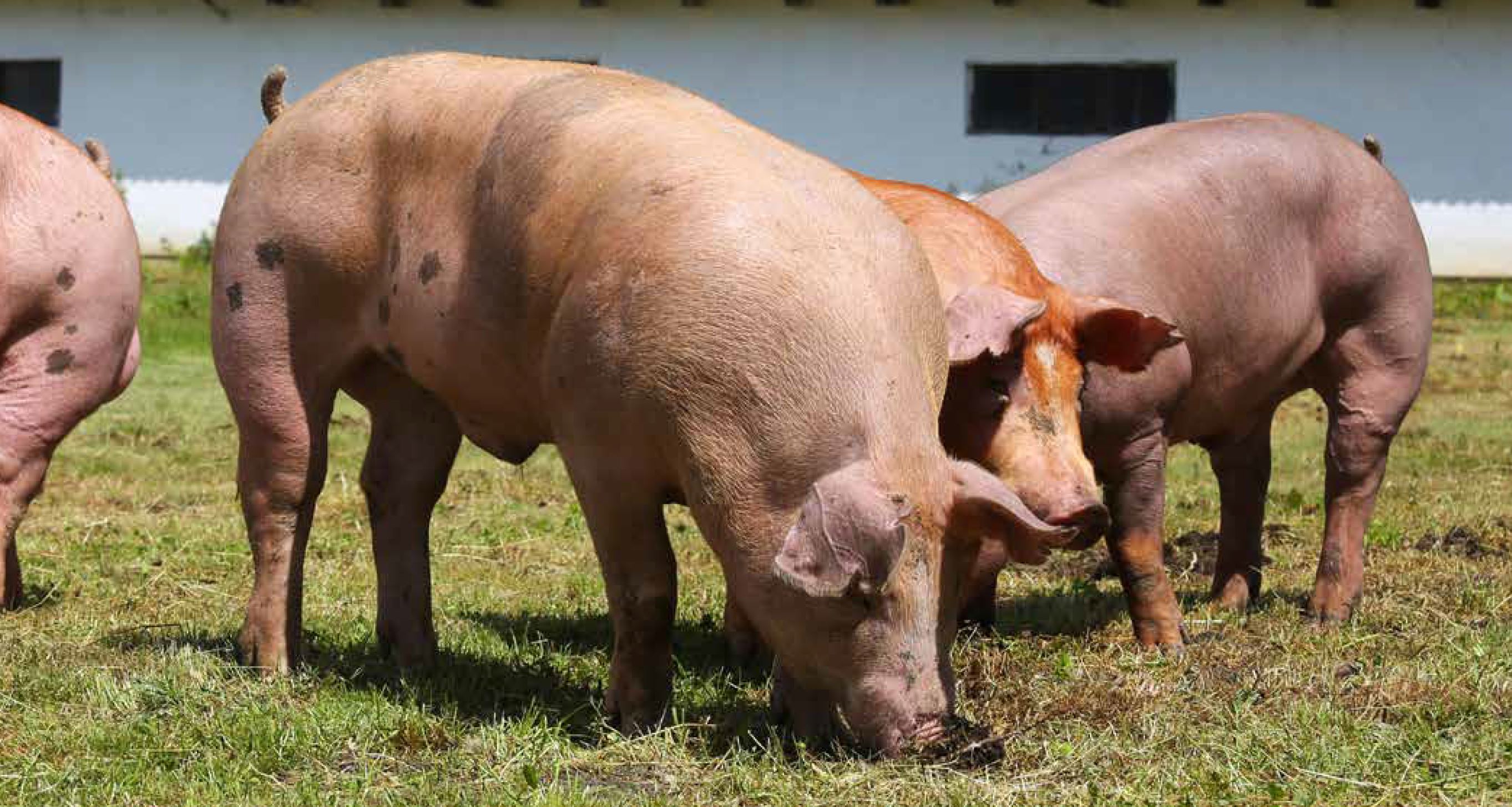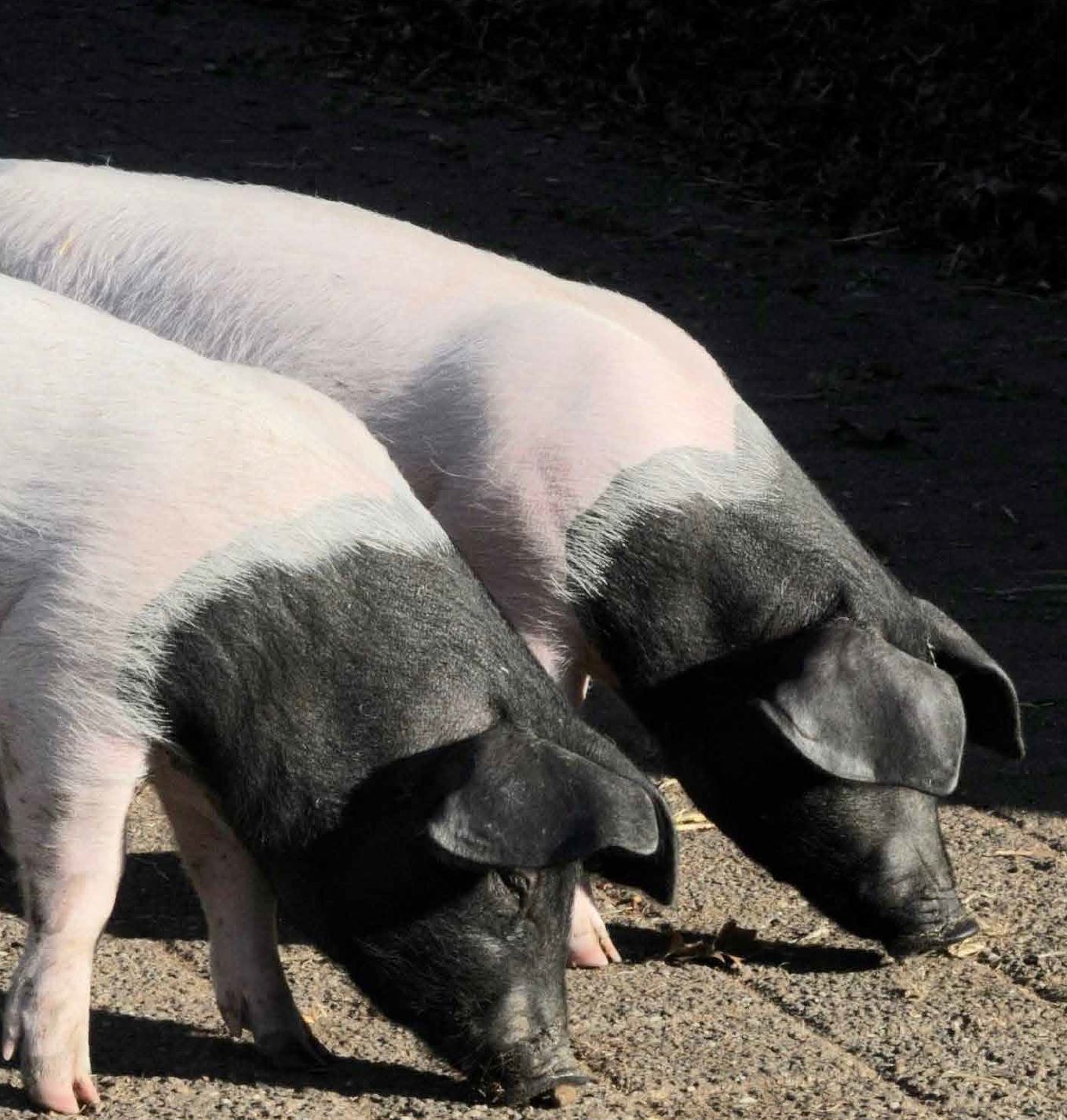



Market Report: The risk of African swine fever in the US and Australia – June 2020
It is being described as the biggest animal disease outbreak the world has ever seen. African swine fever (ASF) has spread widely across Asia since it was first discovered in August 2018.
Official figures from China show the national pig herd had declined by 32% year-on-year by July 20191, with an estimated 100 million pigs lost by the end of 20192. While some of the losses will be directly or indirectly linked to the disease itself, the reduction is also being heavily driven by the vast numbers of producers choosing to slaughter their herds and get out of pig farming before the virus gets to them, writes Daniel Fairweather, Executive Director at Arthur J. Gallagher & Co.
Rabobank had forecasted that, by the end 2019, China’s pig herd would have shrunk by half3. Given that it numbered 700 million and accounted for half the world’s pigs before ASF struck in August 2018, the damage the virus is causing is obvious.
ASF is continuing to spread across Asia at a worrying rate and in September 2019 the disease was confirmed for the first time in South Korea, where six cases were reported within a two week period. The fever also spread to the Southeast Asian country of the Philippines, where 12 cases were recorded in one area in a short time4.
In Vietnam, a country that was soon infected after China, the virus reached all 63 provinces and over 5 million pigs have subsequently been killed5. Adding to this, Rabobank forecasts a 21% reduction in pork production in Vietnam this year, as a result of ASF6.
ASF has become rife across the Asian continent, with it being also recorded in North Korea, Vietnam, Cambodia, Laos, Mongolia, Hong Kong and Myanmar.
There are now confirmed reports of ASF in European countries that include Latvia, Moldova, Poland and Belgium, with the disease estimated to be just 20 miles from the German border.
Risk to Producers
USA
The World Organization for Animal Health, of which the U.S. is a member of, considers ASF to be a trade limiting foreign animal disease of swine. Countries with confirmed cases are subject to international trade restrictions that aims at reducing the risk of introduction of the disease. The United States has never had a case of ASF and there are strict animal health and import requirements enforced by USDA APHIS Veterinary Services, USDA APHIS Plant Protection and Quarantine and Customs and Border Protection to prevent any form of ASF entry into the United States. Further to this, the USDA Veterinary Services has also devised a national response plan should ASF be found in the country.
Alarmingly, Cooper Farms veterinarian Don Davidson thinks it is likely that AFS is already present in North America. “It’s probably here already: it just hasn’t made its way to a pig yet,” Davidson told the Agriculture & Policy Outlook Conference at Ohio State University in November (2019)7.
As recently as last August, the chief veterinary officers of the United States, Canada, and Mexico adopted a common strategy for keeping AFS out of North America. Their plan calls for stepped-up surveillance and “surge capacity” to deliver resources to any location on the continent, should a breakout of ASF occur. USDA says if ASF does reach the USA, it will have a “significant impact on U.S. livestock producers, their communities, and the economy.”

© 2020 Arthur J. Gallagher & Co. | ajg.com/uk
Australia
As we have eluded to, ASF has spread throughout South East Asia at a rapid rate and has now been detected in Timor-Leste, just 680km north of Darwin. Australian biosecurity agencies which had been screening major airports and mail distributors for illegally imported pork products have now redoubled their efforts.
ASF could enter Australia by:
- Illegally imported meat and dairy products being fed to pigs;
- Illegally imported animals or genetic material;
- People returning from overseas with the virus on their clothing, footwear or equipment.
Testing by the federal Department of Agriculture in September 2019 on pork products seized at international airports and mail processing centres over a two-week period revealed that 202 out of 418 (48%) of products tested were contaminated with African swine fever virus. Additionally, from November 2018 to November 2019, 34 tonnes of pork products were seized at Australian airports. These figures demonstrate the risk to Australia from the virus8.

What would an outbreak mean?
USA
Following the recent spread of ASF in Asia and Western Europe, a team of researchers from around the world, including some from the University of Minnesota College of Veterinary Medicine, set out to measure the risk of ASF entering the United States through the smuggling of pork products in air passenger luggage. Their findings were recently published in the journal Scientific Reports.
The study found9:
- The risk of ASF arriving in the United States has nearly doubled since the ASF epidemic began in 2018
- Five specific airports account for over 90% of the potential risk: Newark-New Jersey, George Bush-Houston-Texas, Los Angeles-California, John F. Kennedy-New York, and San Jose California
- There is a high probability that the ASF virus is already reaching the U.S. borders through smuggling of pork products
“If ASF were to enter the United States, its spread would cause immense economic damage to the pork industry and food production more broadly, leading to the loss of billions of dollars for wine producers,” said study co-author Andres Perez, director of the Center for Animal Health and Food Safety. “Our study’s findings can help support decision-making for disease surveillance strategies in the US swine industry and transportation hubs.”
Australia
Western Australia exports about 80% of its livestock and livestock products every year. ASF only affects pigs, but an outbreak could also impact other agricultural sectors and market access. There is no vaccination for ASF and the death rate in pigs can reach 100%. If ASF became established in feral pig populations, it would be extremely difficult to eradicate the disease.
That scenario could happen, says the Australian Animal Health Laboratory’s deputy director, Debbie Eagles.
“If feral pigs were to come into contact with packaging that had held infected material, then it would be possible that transmission could occur in that way,” she says10.
The virus can be destroyed by cooking or curing, but it depends on the method used. It is amazingly resilient to a variety of curing methods and environmental conditions. Any non-approved product from a host country poses a risk.
The consequences for Australia if the virus took hold are severe. The local pork industry is worth AUD 5.3bn, industry figures say, with 3,700 producers supporting 36,000 jobs.
“Depending on the spread of diseases, you would have to start again from scratch,” the Australian Pork Industry’s chief executive, Margo Andrae, says. If the disease were to enter Australia, the mortality rate would be “huge.”
“And that’s an animal welfare issue there that we’re just not willing to have on our doorstep,” Margo added11.
Current insurance market — risks to coverage and limits
Losses in the livestock and aquaculture sectors continue to grow as disease and extreme weather events result in significant damages to insurers
Now, more than ever, companies need a solid risk management programme in place, to deal with the increased risks they are expected to retain, but also to demonstrate to underwriters that proper controls are in place to reduce premiums to an acceptable level.
Robust risk management practice should include:
- Risk identification
- Analysis
- Control
- Reporting
- Monitoring
There has been significant change within the direct insurance and reinsurance markets, with Lloyd’s syndicates restricted on the classes of business they are able to underwrite, and limits curtailed to avoid over exposure in the Lloyd’s market. Teams continue to move around the market, and this has been the case in both direct and reinsurance that include the likes of Argo, Navigators, Swiss Re Corporate Solutions). Capacity is being concentrated with fewer underwriters, and consortium structures leading to limited alternative capacity available.
Individual capacity limits are still generally acceptable, especially where there is geographical diversity. Issues tend to arise where there is a concentration of exposure within a relatively small location.
Considerations around insurance purchase of ASF cover
Within Europe, ASF has now reached a key pork region in Poland, increasing the risk of disruption in the European Union’s 4th biggest producer. That comes as more cases have recently been reported in the Lubuskie province, which is close to the border with Germany - the EU’s top pork supplier.
The EU has become a crucial supplier of pork to China - where the virus has devastated herds and those exports could be at risk if the situation worsens.
European farms are widely insured for ASF, and underwriters have already paid a significant loss in the Ukraine, leading to increased underwriter concern and hardening of the market. Retractions on farm type and location are firmly in place. Given the rapid spread of the disease underwriters are very concerned about taking on more ASF exposure, unless geographically distant from current outbreaks, and biosecurity standards are of the highest possible.
Both the USA and Australia are amongst the few countries still being considered for ASF cover, however the global insurance market could change quickly, especially if an ASF outbreak occurs within their borders, or the perceived threat levels increase still further. Both market capacity and pricing for ASF could change rapidly.

Markets and insurance capacity
There are limited markets globally prepared to write complex disease risks, with ASF cover being the most challenging. Given our expertise in the livestock insurance market however, we have managed to secure ASF cover for our clients, with one placement recognised as the largest ASF placement ever for a single client. This involved significant capacity from recognised lead insurers, with following markets sourced from global insurers and reinsurers.
Government compensation
USA
The US government’s USDA APHIS (Animal and Plant Health Inspection Service), hasn’t yet established how they will compensate farmers should an ASF outbreak occur. It is estimated to be anywhere between 50% and 100% of the ‘market value’. However, how market value is assessed by APHIS is unclear. With current US clients, we have an agreed valuation that is paid per hog, regardless of government compensation. This is an unusual structure for disease policies, but without clarity on government compensation it is difficult to provide the traditional ‘government compensation top-up’ cover usually provided.
For example, in the UK, DEFRA (Department for Environment, Food and Rural Affairs) have tables showing the values for each animal by type/age/size and our policies would compensate based on a percentage of those values. Insurers then pay an additional amount on top of this, plus secondary cleaning and disinfection costs.
Australia
Although government compensation for ASF is available, there is uncertainty over final valuation of animals, and what costs or losses will be covered. A commercial insurance cover however can provide cover for the full value agreed by underwriters.
Having a commercial policy also protects against major outbreaks reducing available compensation due to excessive demands on available funds.
Wording
A specific wording for ASF and FMD (foot and mouth disease) has been developed. Given the dynamic nature of the disease, and the unique characteristics of many large hog producers the wording can be adapted to suit client requirements and elements of cover as required. The underlying trigger of the policy however is a government slaughter order for an infected premise. Cover can be extended to also include mortalities occurring due to named diseases occurring before a government slaughter order is given (notification and testing phase).
Limits and insurance structures
Depending on the size and distribution of hog facilities, different limits of cover and elements of the production process can be considered. Some clients have chosen to insure just certain elements of their production facilities (such as sows) and leave other elements of their production uninsured. This gives different options when looking at required limits per location. Where clients have been selective in insuring locations we have managed to obtain coverage of up to US $62.5 million per location, with an underlying deductible.
1 https://uk.reuters.com/article...
2 https://edition.cnn.com/2019/0...
3 https://www.nytimes.com/2019/12/17/business/china-pigs-african-swine-fever.html#:~:text=China%20used%20to%20have%20440,China%20have%20more%20than%20doubled.
4 https://www.bbc.co.uk/news/wor...
5 https://www.fas.usda.gov/data/vietnam-vietnam-african-swine-fever-update#:~:text=African%20swine%20fever%20(ASF)%20was,pushing%20prices%20to%20record%20highs.
6 https://services.rabobank.com/...
7 https://www.foodsafetynews.com...
8 https://www.agric.wa.gov.au/li...
9 https://twin-cities.umn.edu/ne...
10 https://www.theguardian.com/wo...
11 https://www.theguardian.com/wo...









